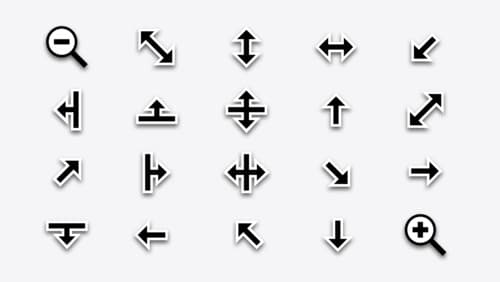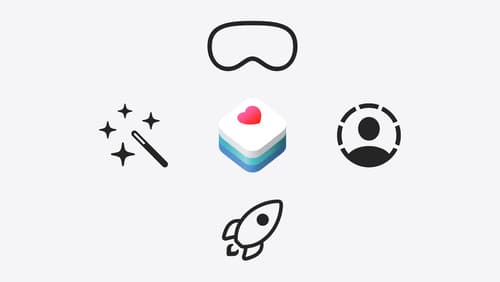What is the best way to implement navigation in iOS in SwiftUI?
Asked on 2024-08-05
1 search
To implement navigation in iOS using SwiftUI, you can leverage several built-in capabilities and APIs provided by SwiftUI. Here are some key points and sessions that can help you get started:
-
Navigation Views and Split Views:
- SwiftUI provides
NavigationViewfor creating navigation-based interfaces. You can useNavigationLinkto push new views onto the navigation stack. - For more complex layouts, such as those found on iPad, you can use
NavigationSplitViewto create a split view interface.
SwiftUI essentials covers views like navigation and split views, which are essential for building navigation in SwiftUI.
- SwiftUI provides
-
Sidebar and Tab Bar:
- SwiftUI now supports flexible sidebars and tab bars that can adapt to different devices and user preferences. You can use
TabViewwith the new type-safe syntax and apply thesidebarAdaptablestyle to switch between tab bar and sidebar representations.
What’s new in SwiftUI discusses the new flexible sidebar and tab bar features in iOS 18.
- SwiftUI now supports flexible sidebars and tab bars that can adapt to different devices and user preferences. You can use
-
Custom Navigation Experiences:
- SwiftUI allows for creating unique custom experiences by providing low-level control over navigation and layout. You can build custom navigation components and styles to fit your app's needs.
SwiftUI essentials also touches on creating unique custom experiences using SwiftUI's low-level tools.
-
Adopting New Navigation Features:
- If you are migrating from UIKit or other frameworks, SwiftUI provides clean and easy ways to adopt the latest platform features, including navigation.
Migrate your TVML app to SwiftUI shows how to use the existing navigation split view APIs and other navigation features in SwiftUI.
By exploring these sessions and utilizing the provided APIs, you can effectively implement navigation in your iOS app using SwiftUI.

What’s new in AppKit
Discover the latest advances in Mac app development. Get an overview of the new features in macOS Sequoia, and how to adopt them in your app. Explore new ways to integrate your existing code with SwiftUI. Learn about the improvements made to numerous AppKit controls, like toolbars, menus, text input, and more.

SwiftUI essentials
Join us on a tour of SwiftUI, Apple’s declarative user interface framework. Learn essential concepts for building apps in SwiftUI, like views, state variables, and layout. Discover the breadth of APIs for building fully featured experiences and crafting unique custom components. Whether you’re brand new to SwiftUI or an experienced developer, you’ll learn how to take advantage of what SwiftUI has to offer when building great apps.

Get started with HealthKit in visionOS
Discover how to use HealthKit to create experiences that take full advantage of the spatial canvas. Learn the capabilities of HealthKit on the platform, find out how to bring an existing iPadOS app to visionOS, and explore the special considerations governing HealthKit during a Guest User session. You’ll also learn ways to use SwiftUI, Swift Charts, and Swift concurrency to craft innovative experiences with HealthKit.
